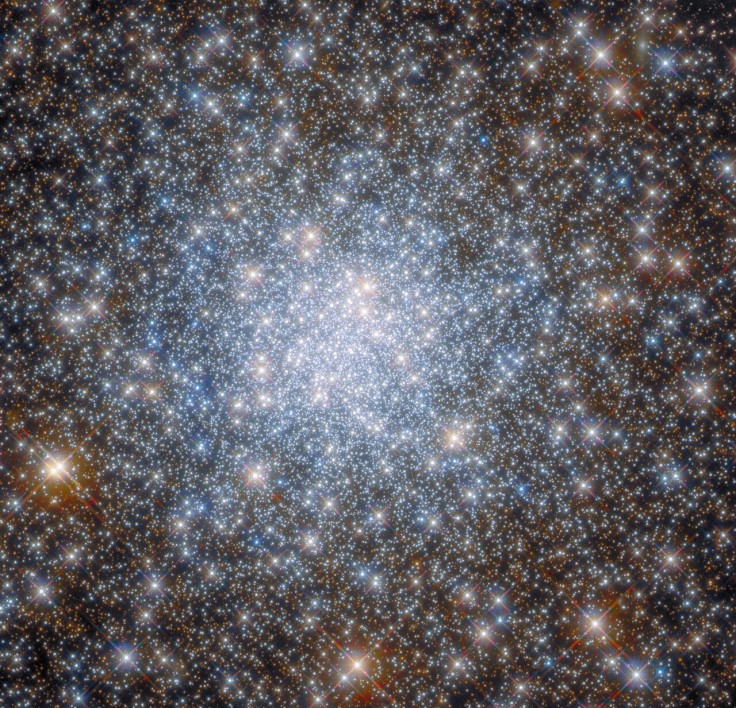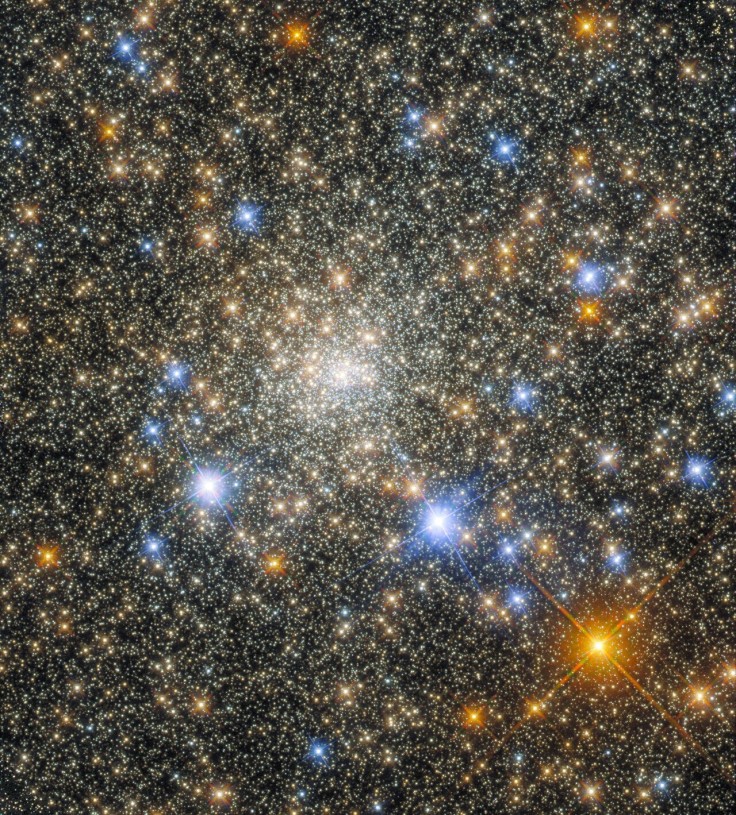
The Hubble Space Telescope of NASA/ESA captured the vibrant region surrounding the Herbig-Haro object HH 505 in this celestial cloudscape.
What Is HH 505
According to the European Space Agency (ESA), Herbig-Haro objects are bright regions that surround young stars and are created when stellar winds or jets of gas emitted by these stars collide violently with neighboring gas and dust.
These outflows in the case of HH 505 come from the star IX Ori, which is around 1000 light-years away from Earth and is located on the outskirts of the Orion Nebula. The Orion Nebula's large-scale outflows, which are seen as beautifully curved structures at the top and bottom of this photo, interact with the outflows to cause them to be bent into sinuous curves.
How Was the Photo Taken?
ESA explained that the Orion Nebula is the nearest region of massive star formation to Earth and is a dynamic expanse of dust and gas where thousands of stars are forming. As a result, it is one of the night sky's most studied regions, and the Hubble Space Telescope has often focused on it.
In order to better understand the characteristics of outflows and protoplanetary discs, astronomers using Hubble's Advanced Camera for Surveys (ACS) captured this image. Bright, new stars are spewing powerful ultraviolet radiation into the Orion Nebula.
Hubble can see the outflow shockwaves clearly, but this radiation also draws attention to the slower-moving star material currents. This makes it possible for astronomers to see jets and outflows up close and gain more structural knowledge about them.
This observation was also included in a stunning Hubble mosaic of the Orion Nebula, which brought together 520 ACS photos in five distinct hues to produce the region's sharpest image to date.
Recent Photos Captured by the Hubble Space Telescope
The image below from the Hubble Space Telescope shows the NGC 6638 globular cluster in the constellation of Sagittarius. The observation shows how many stars there are in globular clusters, which are massive star groupings with tens of thousands to millions of stars crowded together.
The data in this image was acquired by Hubble's cutting-edge scientific camera, Wide Field Camera 3 and the Advanced Camera for Surveys. To know more about NGC 6638, you can head to this link.

The Wide Field Camera 3 and Advanced Camera for Surveys on board the Hubble Space Telescope obtained this stunning image of Terzan 2, a globular cluster in the constellation of Scorpius.
Globular clusters are compact collections of ancient stars that offer knowledge about the early universe. According to ESA, globular clusters are stable, strongly gravitationally coupled clusters that can be found in a variety of galaxies and include tens of thousands to millions of stars.
The strong gravitational force between the tightly packed stars is what gives globular clusters their regular, spherical shape. As a result, images of the center of globular clusters, such as this one by Terzan 2, are crammed with a lot of brilliant stars. If you're interested to read more about Terzan 2, click this link.










